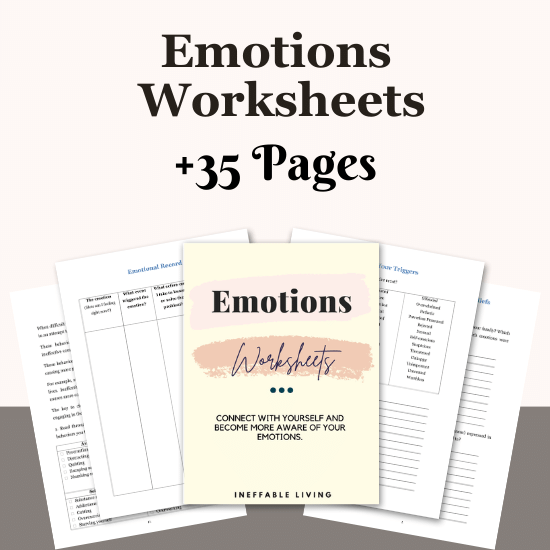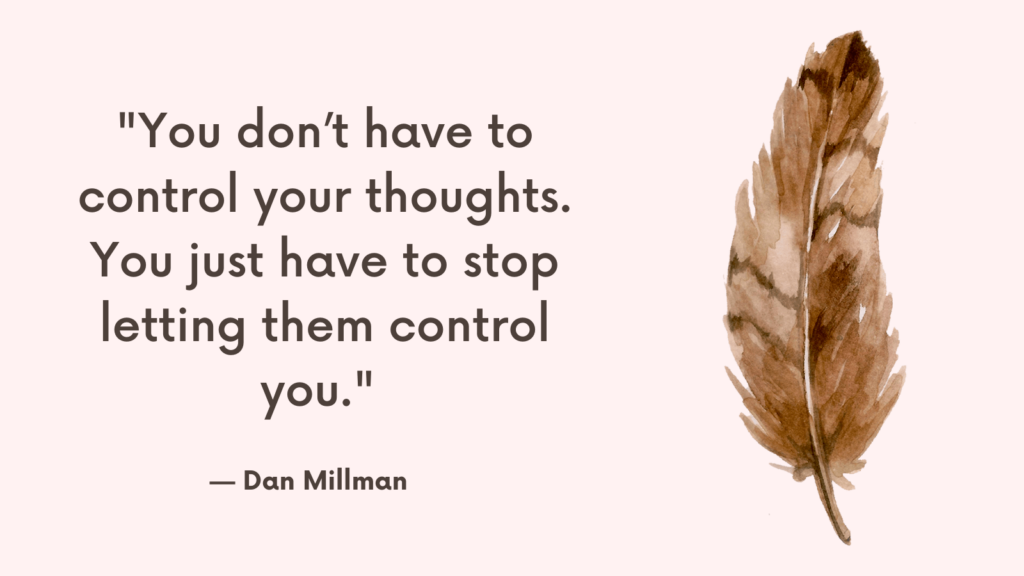Emotions can be overwhelming, especially when they seem to arise out of nowhere or when they linger without clear cause.
Learning to process emotions effectively is crucial for maintaining mental health and fostering emotional resilience.
One powerful method for emotion processing is the SIFT technique, developed by Dr. Daniel Siegel.
This technique helps individuals gain a deeper understanding of their emotions, leading to better emotional regulation and overall well-being.
In this blog post, we will explore the SIFT technique in detail, offering practical steps and insights on how to use this method in your daily life.
What is the SIFT Technique?
The SIFT technique is an acronym that stands for Sensations, Images, Feelings, and Thoughts.
It is a structured approach to emotion processing that encourages mindfulness and self-awareness.
By breaking down emotions into these four components, you can gain a clearer understanding of what you are experiencing and how to manage it effectively.
Related: Best 8 Mindfulness Exercises For Adults That Will Help You Regulate Your Emotions
How to Use the SIFT Technique for Emotion Processing?
Step 1: Sensations
The first step in the SIFT technique is to notice the sensations in your body.
Emotions often manifest as physical sensations, such as tension, warmth, or tingling.
By paying attention to these sensations, you can gain insights into your emotional state.
Example:
– If you feel anxious, you might notice a tightness in your chest or a knot in your stomach.
Exercise:
Take a moment to close your eyes and focus on your body. Notice any physical sensations you are experiencing.
Describe them in detail, either mentally or by writing them down.
For example, you might say, “I feel a tightness in my shoulders and a slight headache.”
Related: Best 11 Grounding Techniques For Dissociation
Step 2: Images
The next step is to notice any images or visual impressions that come to mind.
These can be actual pictures, scenes, or even symbolic representations of your emotions.
Images can provide valuable clues about your emotional state and what might be triggering it.
Example:
– If you are feeling stressed, you might visualize yourself trapped in a small room or overwhelmed by a pile of work.
Exercise:
Close your eyes and allow any images to come to mind.
Observe these images without judgment and note them down.
Describe what you see in detail.
For example, “I see a dark forest, which makes me feel uneasy,” or “I see myself laughing with friends, which brings a sense of warmth and comfort.”
Related: How To Feel Safe In Your Body?
Step 3: Feelings
The third step is to identify and name the feelings you are experiencing.
Emotions can be complex, and naming them accurately can help you understand and manage them better.
Use specific emotion words to describe what you are feeling.
Examples:
– Instead of saying, “I feel bad,” you might say, “I feel disappointed and frustrated.”
Exercise:
Reflect on your current emotional state and try to pinpoint specific feelings.
Write down these feelings using precise language.
For example, “I feel anxious and overwhelmed,” or “I feel hopeful and excited.”
Related: Half-Smiling Technique to Reduce Emotional Distress
Step 4: Thoughts
The final step is to notice the thoughts that are passing through your mind.
Thoughts are often linked to emotions and can either amplify or diminish them.
By becoming aware of your thoughts, you can gain control over how they affect your emotions.
Examples:
– If you are feeling anxious, you might be thinking, “I can’t handle this,” or “What if everything goes wrong?”
Exercise:
Take a moment to observe your thoughts. Write down any recurring thoughts or patterns you notice. For example, “I keep thinking that I am not good enough,” or “I keep replaying the argument in my mind.”
Related: How To Release Emotions Trapped In Your Body?
Integrating the SIFT Technique into Daily Life
The SIFT technique is a powerful tool for emotion processing, but like any skill, it requires practice to master. Here are some tips for integrating the SIFT technique into your daily life:
1. Regular Practice:
Set aside time each day to practice the SIFT technique.
This could be during your morning routine, before bed, or whenever you have a quiet moment.
Consistent practice will help you become more attuned to your emotions and better equipped to manage them.
2. Mindfulness and Meditation:
Incorporate mindfulness and meditation practices to enhance your ability to notice and describe your sensations, images, feelings, and thoughts.
These practices can help you develop a greater sense of presence and awareness.
Related: Affective Responsibility: Examples and Ways to Cultivate It
3. Journaling:
Keep a journal to record your SIFT experiences.
Writing down your sensations, images, feelings, and thoughts can provide valuable insights and help you track your emotional patterns over time.
4. Self-Compassion:
Approach the SIFT technique with self-compassion.
Emotions can be complex and sometimes challenging to navigate.
Be kind to yourself and acknowledge that it is okay to feel whatever you are feeling.
5. Seek Support:
If you find certain emotions difficult to process on your own, consider seeking support from a therapist or counselor.
Professional guidance can provide additional tools and strategies for emotion processing.
Related: How To Be Less Emotionally Reactive?
The Science Behind the SIFT Technique
Dr. Daniel Siegel, a renowned expert in mental health and parenting, developed the SIFT technique based on his understanding of the brain’s structure and function.
The technique leverages the brain’s natural capacity for mindfulness and self-awareness to foster emotional regulation.
When you engage in the SIFT technique, you activate different parts of your brain, including the prefrontal cortex (responsible for rational thinking) and the limbic system (responsible for emotional responses). By connecting these areas, you enhance your ability to process and regulate emotions effectively.
Research supports the benefits of mindfulness and emotion processing techniques like SIFT. (source)

Conclusion
The SIFT technique is a valuable tool for anyone seeking to improve their emotional health and well-being.
By breaking down emotions into sensations, images, feelings, and thoughts, you can gain a deeper understanding of your emotional experiences and learn to manage them more effectively.
Regular practice of the SIFT technique can lead to greater emotional clarity, improved self-regulation, and a more balanced and fulfilling life.
Start incorporating the SIFT technique into your daily routine today and experience the transformative power of mindful emotion processing.



